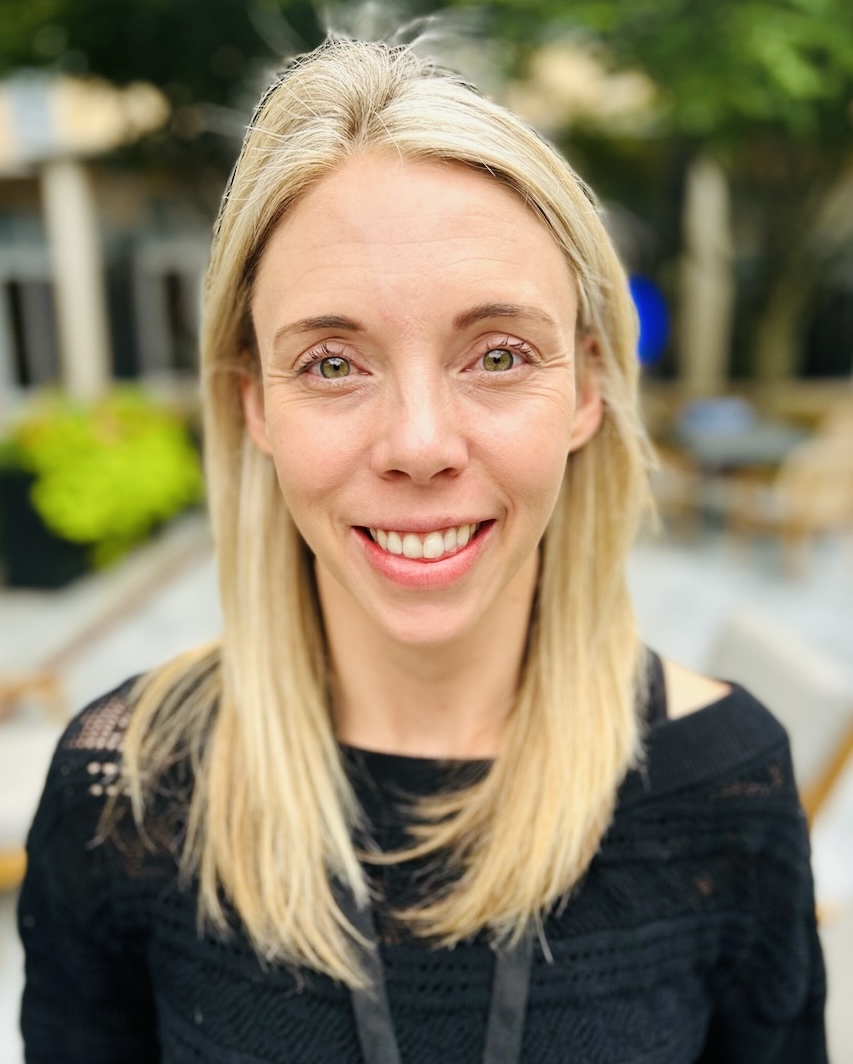Fernbank Museum announces biggest renovation since it opened

Fernbank Museum on Tuesday announced its largest renovation project since it opened in 1992.
Multiple spaces on all three floors of the museum will see transformations over the next two years, including the addition of the Orkin Discovery Zone on the third floor; a new gallery space for rotating exhibitions and a new permanent exhibition called “Changing Earth” on the second floor; a redesign of the Star Gallery on the first floor to become a new exhibition called “Our Place in the Cosmos;” and the installation of a second elevator and accessible doors to the outdoors.
The renovations will be completed in three phases, starting with the first-floor Star Gallery redesign this year, followed by the third-floor Discovery Zone (slated to open by summer 2026) and finishing with accessibility improvements and the second floor’s permanent exhibition and gallery space (by the end of 2027).
The last major renovation on Fernbank’s campus was in 2016 with the opening of WildWoods, a 10-acre outdoor exhibit behind the Museum of Natural History. WildWoods features boardwalks, interactive nature zones and trails leading into Fernbank Forest.
“That renovation connected the campus physically,” said Jennifer Grant Warner, president and CEO of Fernbank Museum of Natural History. “Now we’re connecting the campus experientially.”

The planned renovations have been made possible through a capital campaign Fernbank launched in 2022. The campaign has raised roughly $27 million for the renovation projects. The Gary W. Rollins Foundation, the Robert W. Woodruff Foundation and more than 80 other funders contributed to the campaign. Eight gifts were for $1 million or more.
“Our goal is that when we are sitting here two years from today, it will be an entirely new museum experience,” Warner said. “… You won’t recognize the spaces for what they were before.”

Third Floor: Orkin Discovery Zone
On the far south end on the third floor, Fernbank Museum currently has a rotating gallery exhibit called the naturalist center, classroom spaces primarily used for summer camps and school programs and a STEAM lab. As it exists now, much of the space is not open to the general public.
Once this area is renovated later this year, the gallery exhibit area and one of the classrooms will be combined and transformed into the Orkin Discovery Zone, an interactive, tactile permanent exhibit where visitors can learn about science, nature, human culture and their effects on each other.
Highlights include an area where guests can witness biodiversity through real specimens, observe animals in terrariums, pull out curiosity cabinets and participate in a build-a-bug activity that teaches about bug traits.
The Discovery Zone will be connected to the museum’s STEAM lab, where guided programming is led by staff. And along one edge of the zone will be windows and public viewing scopes that overlook the museum’s WildWoods. The windows have been closed off to the general public; now visitors will get to appreciate the view.
Second Floor: “Changing Earth” permanent exhibition and a temporary gallery
On the second floor, where “A Walk Through Time in Georgia” currently resides, Fernbank will open a new permanent exhibition called “Changing Earth.” The colorful, modern, immersive exhibit, designed in partnership with TAIT (formerly Thinkwell), is split into five sections: earth, air, land, life and faces of change.

Earth, air, land and life will explore the changing elements on Earth throughout time. For example, one zone will educate guests about shifting tectonic plates, while others examine changing oceans, volcanic activity and weather.
In faces of change, trailblazers who have made contributions to conservation, particularly in Georgia, will be featured.
“Changing Earth” will utilize technology, animation and vibrant colors to keep visitors engaged. In Warner’s favorite section, a giant, interactive tree demonstrates how nature is connected and how changes can cause ripple effects.
“The planet is constantly changing, and it’s these underlying systems (earth, air, land and life) that are at play. … Sometimes it’s slow change, sometimes instant,” Warner said. “’Changing Earth is an opportunity for us to explore this dynamic planet that we call home.”
Next to “Changing Earth,” the second-floor renovations will also create a new 3,000-square-foot gallery where temporary, rotating exhibits can be displayed.
First floor: A reimagined Star Gallery
On the garden level first floor, just outside the entrance to Fernbank’s Giant Screen Theater, an oval-shaped room boasts a curved, dome ceiling where a starry night sky is projected. The walls of the oval room, however, are largely unused.
“It’s a real missed opportunity,” Warner said.
This area will be reimagined as an exhibit called “Our Place in the Cosmos.” The starry night sky will remain, but the walls will be used for installations including a large media display streaming a documentary-style video about the universe.
Other images and text will explore how the universe formed, how scientists know what they know, and how humans have used stars throughout time.
Accessibility improvements
Currently Fernbank Museum has one elevator. During the third phase of renovations, the museum will add a second elevator that is compliant with the Americans with Disabilities Act on the south wing of the building.
On the first floor, new ADA-accessible doors will also be installed between the indoor atrium and the outdoor woods.
“All the transformations will revolutionize the guest experience,” Warner said. “They will ensure that we can serve this community and beyond with experiences that will engage, inspire and delight all ages and stages of learners.”



